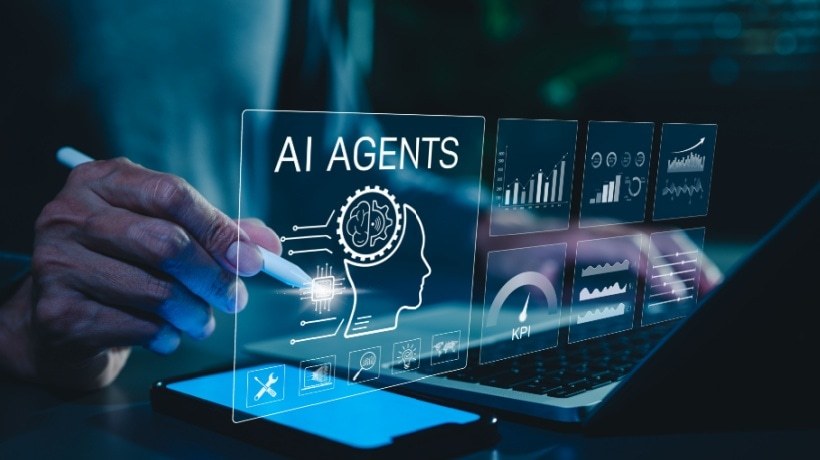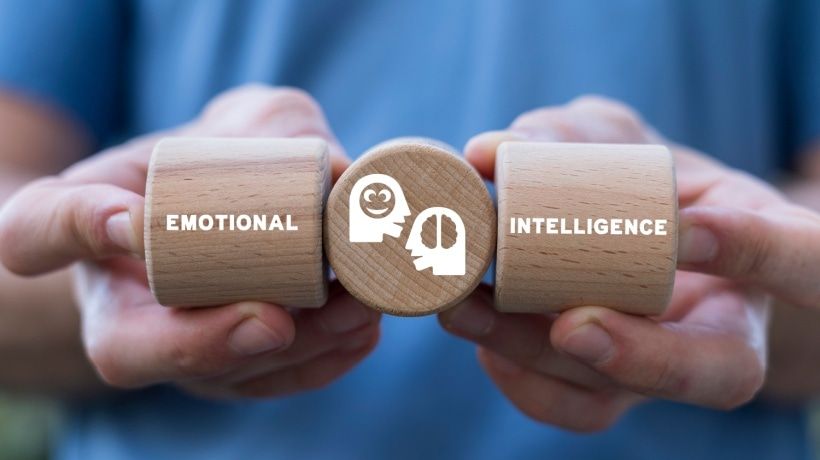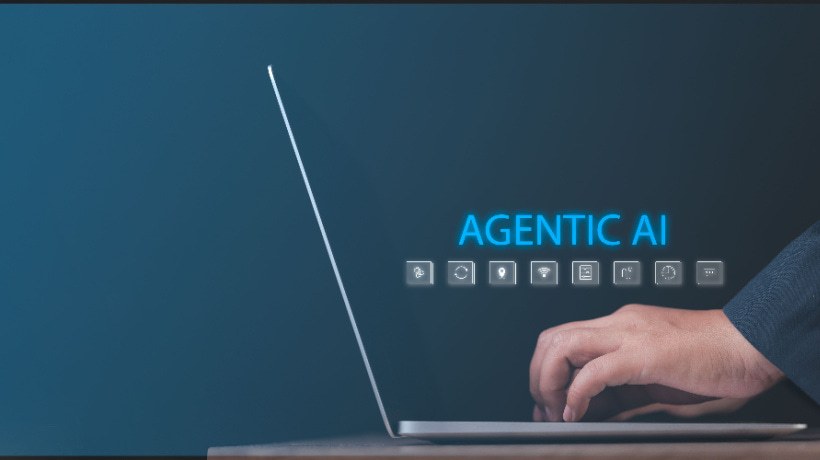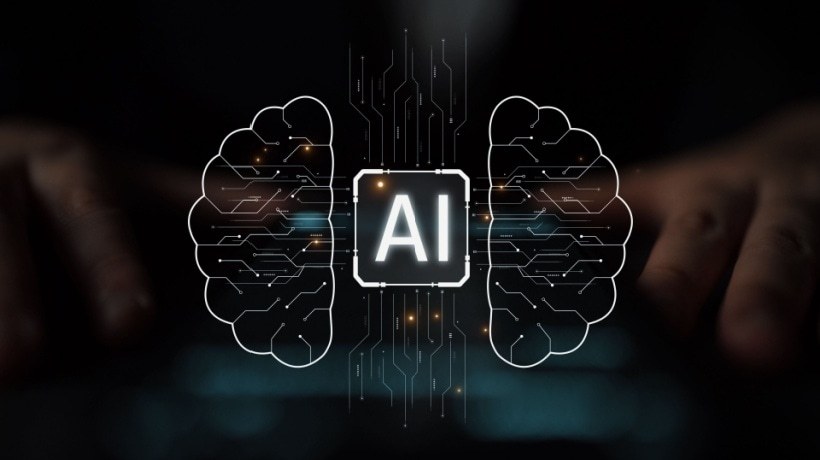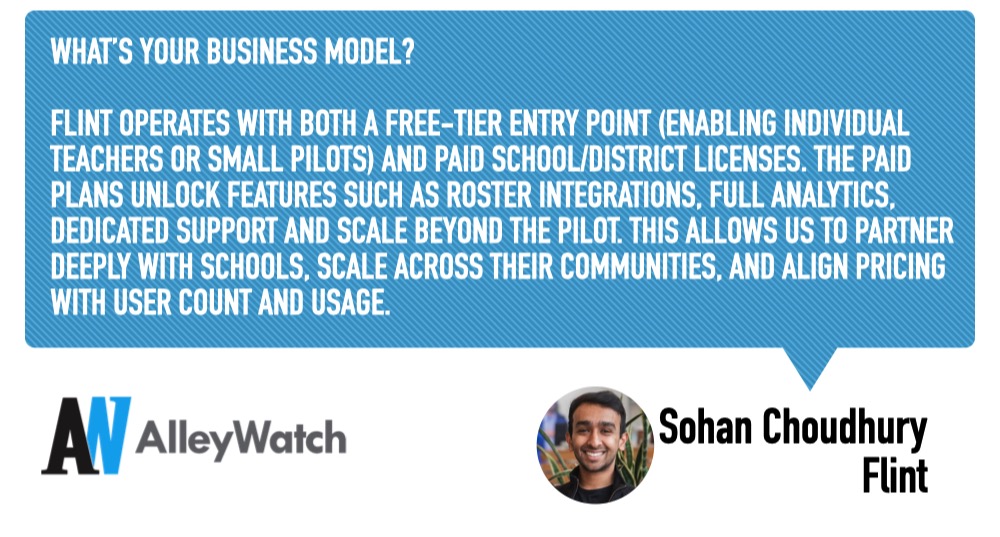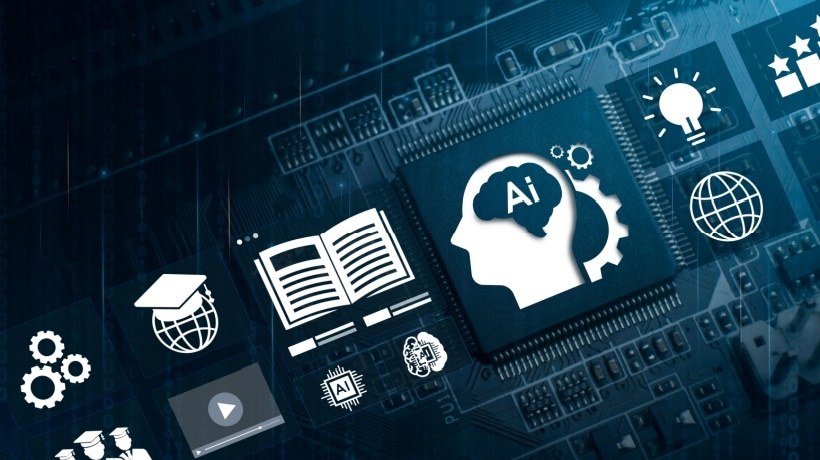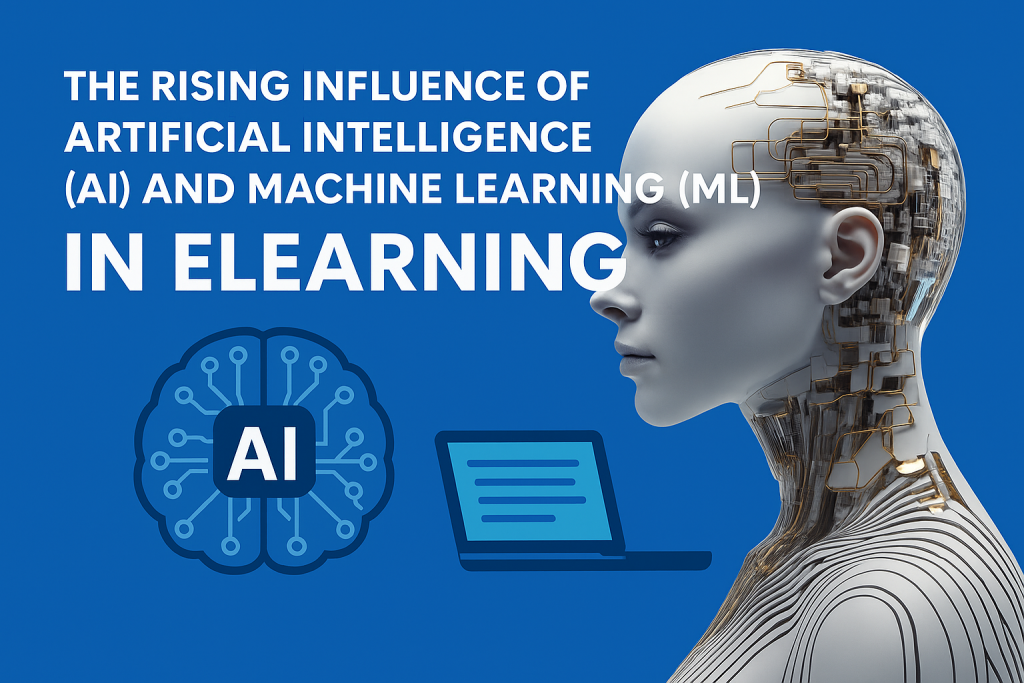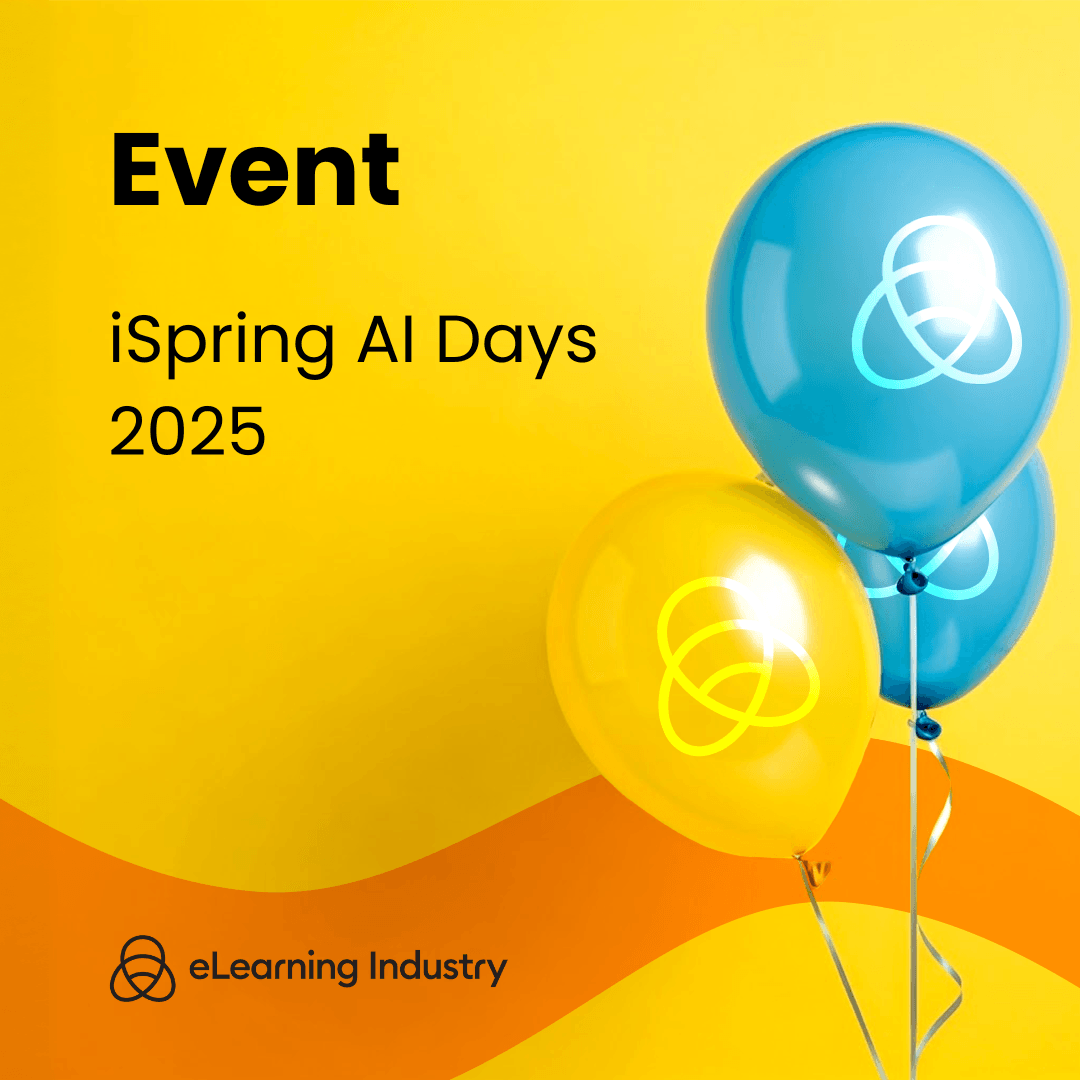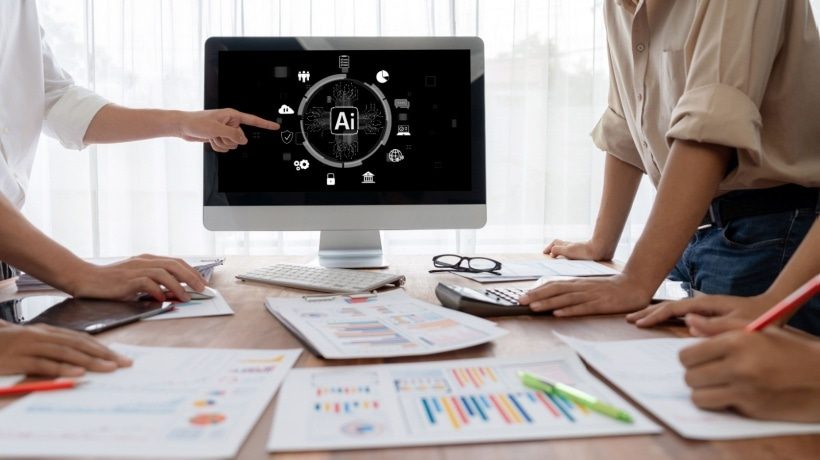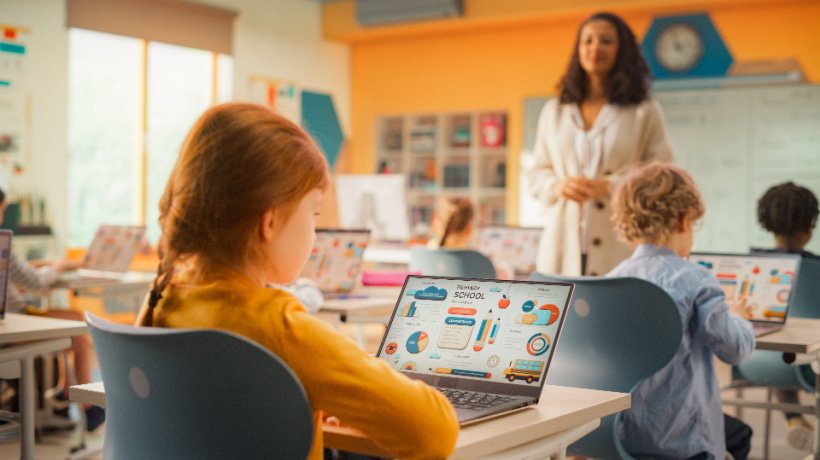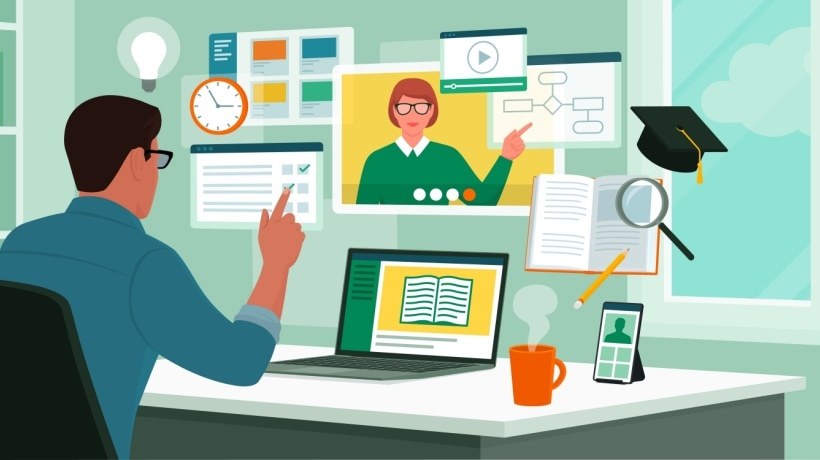#personalized-learning
#personalized-learning
[ follow ]
Education
fromeLearning Industry
2 days agoEnvisioning Tomorrow With A Tech-Integrated Curriculum For K-12
Educational publishers must deliver tech-integrated, accessible, standards-aligned K-12 curriculum solutions with digital tools, analytics, and instructional support to increase adoption and retention.
Education
fromeLearning
3 days agoHow Smartphones Are Shaping the Next Generation of Learners - eLearning
Smartphones provide adaptable, accessible learning tools supporting varied learning styles, instant feedback, collaboration, and primary educational access when used with clear rules and good apps.
fromeLearning Industry
1 week agoDiscover Key LMS Features For Corporate Training And Employee Development
To enhance efficacy, an efficient corporate LMS must have a number of key features for corporate training. Above all, customized learning pathways are essential. They enable businesses to design courses tailored to the abilities and professional aspirations of their workforce. For instance, technical professionals can concentrate on software proficiency, while customer service teams can receive training specifically designed for client contact. This method guarantees that each student interacts with information pertinent to their tasks, increasing overall output.
Online learning
fromeLearning Industry
2 weeks agoHow AI Personalizes Learning Paths And Reshapes K-12 Publishing
In the highly competitive and rapidly evolving landscape of U.S. K-12 education, curriculum publishers face a unique set of challenges. School districts and educators increasingly request more than just content. They seek solutions that genuinely address the diverse learning needs of every student, drive measurable outcomes, and demonstrate clear value in an era of constrained budgets and heightened accountability. For publishers navigating this complex environment, the traditional one-size-fits-all approach to educational materials is becoming a liability, not a strength.
Education
Artificial intelligence
fromeLearning Industry
2 weeks agoAI Excellence Awards 2026: Most Effective Implementation Of AI For Talent Development And Management
Vendors are implementing AI today to drive measurable talent development outcomes, including personalized learning, skill-gap detection, coaching, and data-driven workforce decisions.
Artificial intelligence
fromFortune
2 weeks agoAmazon CTO;s 2026 tech predictions include the dawn of the 'renaissance developer' | Fortune
Interdisciplinary cooperation in 2026 will accelerate discovery, reshape developer roles, expand personalized learning, drive defense-to-civilian tech crossover, and make quantum-safe cybersecurity essential.
Higher education
fromeLearning Industry
1 month agoCo-Designing Faculty-AI Partnerships: Operationalizing The Co-Educator Model In Higher Ed
AI should function as a collaborative co-educator with faculty, automating routine tasks and personalizing learning while faculty maintain pedagogical authority and ethical oversight.
Online learning
fromWIRED
1 month agoParents Fell in Love With Alpha School's Promise. Then They Wanted Out
A Brownsville microschool relied on personalized software and adult 'guides' instead of teachers, leading to excessive practice requirements, emotional distress, missed lunches, and academic setbacks.
Artificial intelligence
fromeLearning Industry
1 month agoA Human-Centered Framework For AI In L&D, Part 3: Advanced Modalities And Insights
Advanced AI modalities and insights create personalized, scalable L&D through custom AIs and voice/NLP, amplifying in-house expertise and enabling global, high-touch learning.
fromeLearning Industry
1 month agoThe Power Duo: Personalized Learning And Microlearning For Modern Workplaces
Imagine this. You're in the middle of your workday, juggling deadlines, meetings, and emails. Suddenly, a notification pops up: "Complete your 45-minute soft skills training." Chances are, you sigh and push it aside for "later." And "later" never really comes. This is the reality in most workplaces today. Employees are swamped, attention spans are shorter, and traditional training feels like a chore rather than a learning opportunity.
Online learning
fromeLearning Industry
2 months agoHow Gen AI Could Benefit Neurodiverse Learners
Generative Artificial Intelligence (Gen AI) tools such as ChatGPT, Copilot, Gemini, and Khanmigo are rapidly proliferating and becoming integrated into nearly every aspect of life, including education. Although critics argue that these tools may replace traditional education, when used appropriately, they can complement teachers by serving as powerful educational partners. The diversity among learners often necessitates levels of support that a teacher alone cannot provide, underscoring the potential role of Gen AI in offering such assistance.
Artificial intelligence
Education
fromBusiness Insider
2 months agoI'm a principal at a high school that doesn't push college. Our model was a hard sell to parents - but it paid off.
Personalized learning empowers students to direct their education, increasing motivation, agency, and success in diverse postsecondary pathways without prioritizing college.
fromZDNET
2 months agoGoogle's new study tool personalizes your learning material - here's how
Learn Your Way is built on two pillars: generating multiple representations of specific content, and personalizing it to fit learners' needs. , Google references the dual coding theory, which suggests that creating connections between different representations of information strengthens our understanding of it. Google also asserting that students who engage with information in multiple formats have a firmer grasp of the topic. Thus, Google aims to offer students numerous ways to choose how they engage with specific material to improve motivation and deepen learning.
Education
fromeLearning Industry
3 months agoPrompting For Personalization: How To Tailor Learning Content Using AI In Real Time
In today's dynamic work environment, personalized learning isn't a luxury-it's an expectation. Learners across regions, roles, and functions crave content that feels relevant, specific, and immediately applicable to their day-to-day reality. But traditional personalization strategies-building five versions of every course, rewording every scenario, translating every line-are time-consuming and costly. This is where prompt-powered personalization comes in. By leveraging Large Language Models (LLMs), Learning and Development (L&D) teams can now instantly adapt content for different learner personas using smart prompt templates
Online learning
Education
fromeLearning Industry
3 months agoWhy EdTech Companies Need Data Enrichment To Drive Smarter AI-Powered Learning
Enriched educational data enables AI-driven eLearning platforms to build contextual learner profiles and deliver personalized, culturally relevant, accessibility-aware learning experiences.
fromeLearning Industry
3 months agoPractical Use Cases Of No-Code In L&D: From Workflow Automation To Personalized Learning
No longer limited to training sessions and compliance modules, L&D is now expected to build a culture of continuous learning, align with business goals, and deliver measurable outcomes. But with these new expectations come challenges: limited budgets, mounting administrative tasks, and the need to personalize learning at scale. Enter no-code technology -a game-changer that empowers L&D leaders and teams to design, automate, and scale solutions without depending on heavy IT involvement.
Online learning
[ Load more ]

